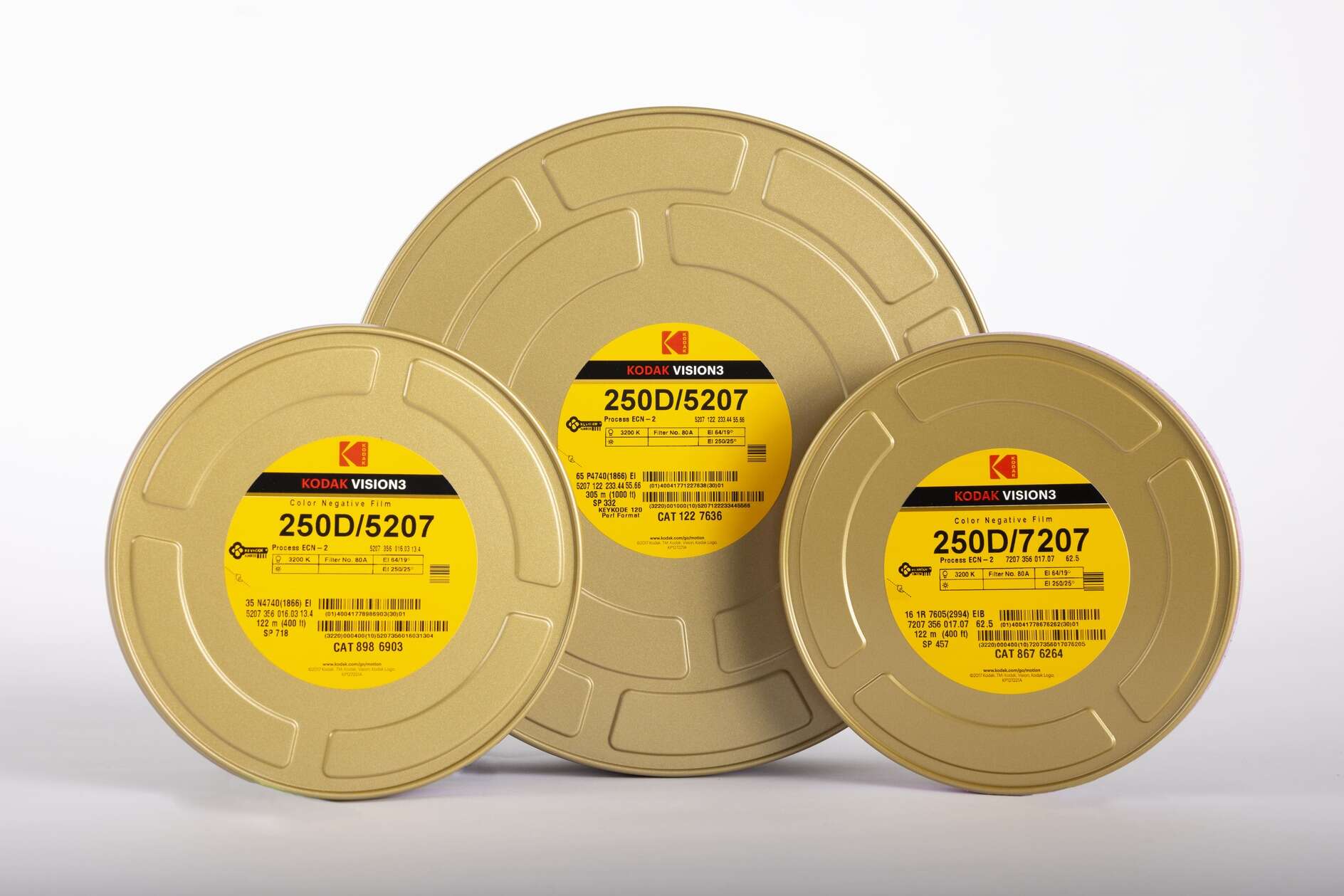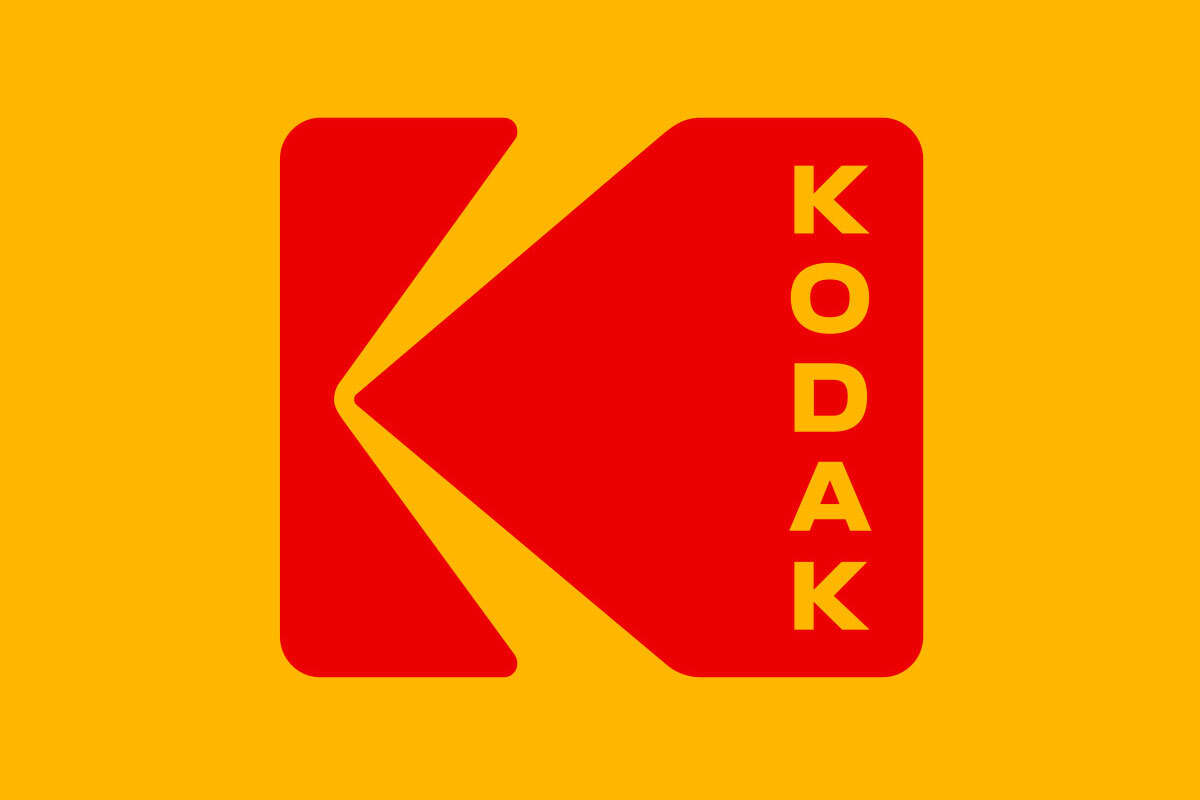
For some, the shift to digital technology made photography and filmmaking more convenient and cost-effective. For others, it marked the demise of a golden era and a cherished format.

“My favourite and preferred step between imagination and image is a strip of photochemistry that can be held, twisted, folded, looked at with the naked eye,” Steven Spielberg once observed, “or projected on to a surface for others to see.”
Spielberg is not alone in extolling the virtues of film. Some of the most feted directors of our age, from Martin Scorsese to Quentin Tarantino to Christopher Nolan, have long railed against what is lost as cinema pivots to digital. Indeed, it has been a small band of influential filmmakers that played a key role in ensuring its survival. Now, a generation of auteurs has emerged, from Greta Gerwig to Damien Chazelle to Jordan Peele, who are equally passionate about the medium and building upon its legacy.
Nevertheless, film’s decline in Hollywood has been marked. Since 2015, only one large-scale manufacturer of motion picture film has remained: Kodak. It serves not just a Who’s Who of cinema’s leading directors, but supplies creators at every level of the creative spectrum, from student filmmakers to rising music, film, television and commercial directors.
“I will remain loyal to this analogue art form until the last lab closes,” Spielberg has stated. Today, he is sounding less and less like a voice in the wilderness. Indeed, at Kodak’s Eastman Business Park, film manufacturing is busier than it has been in years. Demand has surged, driven in no small part by a new generation of digital natives discovering the medium’s virtues for themselves.
Cultural heritage for creators
Nagraj Bokinkere, Kodak’s VP of industrial film and chemicals, is the man responsible for helping to meet this demand. This renaissance in film, he says, reflects a long-held belief of CEO, Jim Continenza. “The decision for Kodak to stay in film was made by our CEO, from early discussions with key directors in Hollywood about the importance of film,” he says, “not just as a tool for this particular industry, but as a cultural heritage for creators.”
Kodak is a central player in that heritage. The company revolutionised photography. Camera sizes were reduced and film production and development was simplified. People were using Kodak all over the world to capture personal moments on film.
Kodak’s Kodachrome, an instant hit which had its heyday in the 1950s and ’60s, was the first film to effectively render colour. It’s no surprise that Kodak, in its first rebrand in ten years, returned to its iconic red and yellow logo celebrating this legacy. It has since built a community blog to showcase how established and emerging photographers are exploring film in new and exciting ways, consolidating its position as a modern-day pioneer in what many had considered a begone technology.
Today, Kodak is hiring at scale, with around-the-clock operations necessary to fulfil the new demands. “Since 2021, the overall headcount has increased to maximise our output within film manufacturing,” says Bokinkere. “We have increased to a 24/7 operation in finishing to increase the capacity to meet the demand we’re seeing, particularly in still photography.
“We have teams in Hollywood, Europe and Asia who understand the needs and projects of our customers, who are directors of photography, photographers and production teams. Those teams guide us where to focus on.
“There has been further experimentation across analogue formats such as 65mm. EKTACHROME film has been widely used in unique applications, like music videos and streaming productions, as well as HBO’s hit series Euphoria, to achieve creative effects through a unique tool.”
But Kodak isn’t simply returning to its roots, it’s evolving. The company’s expertise and capacity in film have allowed it to pivot to coating substrates used in EV battery manufacturing. And, while demand for film is unlikely to ever match the levels of its heyday, demand for batteries is set to grow exponentially over the coming years.
“We have the benefit of the research, the hardware, and the assets that we’re able to leverage in other areas,” says Bokinkere. “But it’s also the skill sets, the people, that bring it all together and execute and commercialise new products. It’s our ability to execute at scale that is unique.”
Pivoting to battery
The process, in essence, comes down to understanding the specificity and differences between manufacturing requirements. Indeed, Bokinkere explains, the processes for making film and coating substrate for batteries are nearly identical. “There’s a certain amount of understanding of what the slurry needs to be like. The other difference is not having to work in the dark for batteries, which actually makes it easier.”
Kodak is tackling the battery market through three distinct approaches. Firstly, at a pilot scale, working with partners interested in introducing new technologies. “What we bring to the table there is our expertise and how to scale up new materials, new products. And that’s very much in demand,” Bokinkere asserts. “We’ll be adding another piece of equipment, the small-scale coater, to introduce more capabilities to meet the demands for pilot scale coating for new applications.”
Kodak provides development expertise for battery, fuel cells and photovoltaics applications that can fulfil an unmet need today, with a new technological solution. “In the next area, we primarily work on prime foils. We do that at a much larger scale with a more defined set of applications primarily in the automotive space.”
EVs are another exciting area, with Kodak acquiring a minority stake in Wildcat Discovery Technologies. Wildcat’s expertise is in innovative cathode materials, which fits well with Kodak’s experience in scaling up and commercialising coatings for electrodes. The company’s breakthrough EV “Super Cell” “can provide greater than 90% improvement in energy density,” notes Bokinkere.

Kodak has expertise and infrastructure that provides advantages competitors arriving in this space will struggle to replicate. “The focus on our core strengths is vital,” Bokinkere explains. “Film manufacturing is the thread that runs through all this manufacturing, and it touches on all our different operations. Focusing on that capability and leveraging it to enter new markets is a very logical step for us.”
It could also prove to be a hugely profitable one. A renewed demand for film rewards Kodak’s persistence and history in this market. Also putting those capabilities, honed across decades, into the battery space unlocks entirely new, exciting opportunities.








